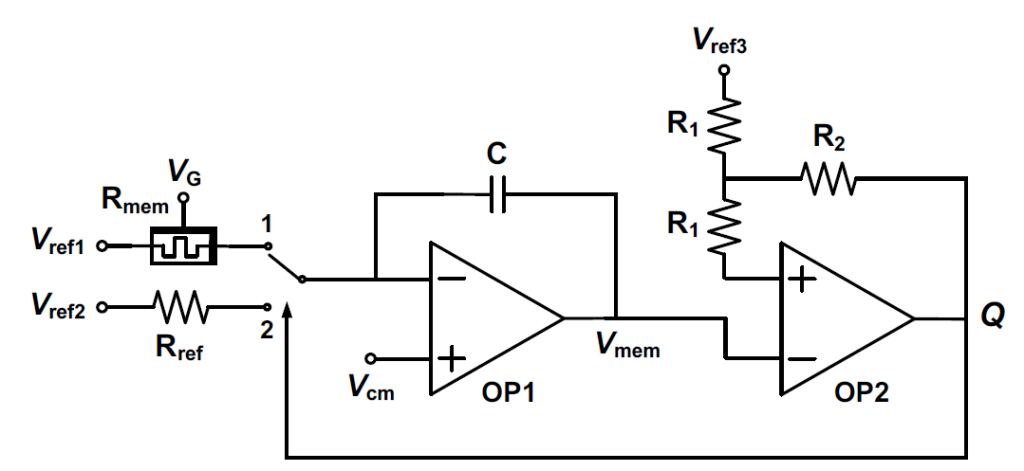Publisher: Printed Electronics World
Publication date: 2020.12.14
Summarized by Inyeol Yun
–Introduction
v. Wearable technology with sensing functionality is emerging as a highly promising application for printed/flexible electronics.
v. Deployed either as skin patch or embedded within an e-textile, these devices enable parameters such as heart rate and temperature to be recorded in real-time and then transmitted wirelessly.
v. With such clear benefits, IDTechEx estimate that the wearable skin patch market for healthcare applications will reach around $4 bn by 2030.

<Figure 1>
–Need for continuous monitoring
v. A major trend in the healthcare sector is a shift towards continuous monitoring
v. Benefit 1: rather than attending a doctor’s surgery or hospital for a check-up, the patient can remain at home. (The current COVID-19 situation has emphasized this benefit since patients can have their temperature measured remotely without having to interact with healthcare professionals and thus risk transmitting or acquiring the virus.)
v. Benefit 2: continuous monitoring enables data to be acquired with a far higher temporal resolution than would be possible with in-person visits since a skin patch can be worn at all times. This additional data, coupled with analysis via machine learning, should facilitate improved diagnosis and preventative medicine.

<Figure 2>
–Monitoring electrical signals
v. Electrocardiograms (ECG) for investigating the heart, electromyography (EMG) for recording electrical signals from muscles, and even detecting brain activity in epileptic patients.
v. Electrode: Ag/AgCl, conductive ink with wave-like pattern.
–Pressure and strain sensing
v. Example 1: incorporating a conformal thin film piezoresistive sensor can continuously measure the pressure being applied by bandages and alert medical staff if the bandage needs adjusting.
v. Example 2: monitoring joint movement using printed capacitive strain sensors incorporated, for example, into knee and elbow sleeves. This is useful for those receiving physiotherapy since the amount and extent of movement can be continuously assessed.
–Wound monitoring
v. At present, the only way to check a wound is to remove the dressing – by integrating sensors and electronics, the healing process can be monitored in real-time without the dressing being removed.
v. This sensing can involve measurement of temperature and pH, ideally with spatial resolution to monitor how healing is progressing.
–Flexible hybrid electronics
v. At present most of the electronics for signal processing and communication used in wearable skin patches and e-textiles are contained within a rigid plastic box. While this provides protection and is required to enclose a conventional rigid PCB, it adds bulk and makes the patch or clothing uncomfortable to wear.
v. As such, much effort is being devoted to placing as much of the electronics as possible onto the stretchable substrate, rather than using a rigid PCB. This approach is termed flexible hybrid electronics (FHE), which is an emerging manufacturing methodology that utilizes the best aspects of conventional and printed/flexible electronics.
v. IDTechEx forecast that across all applications FHE will be around a $3.2 bn market by 2030.















































































